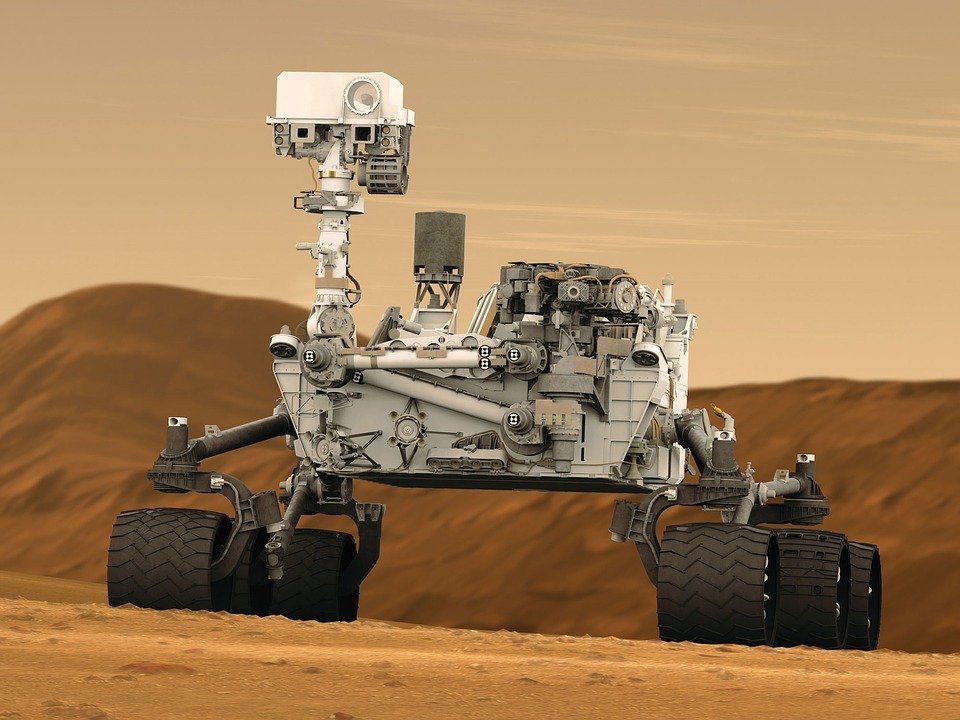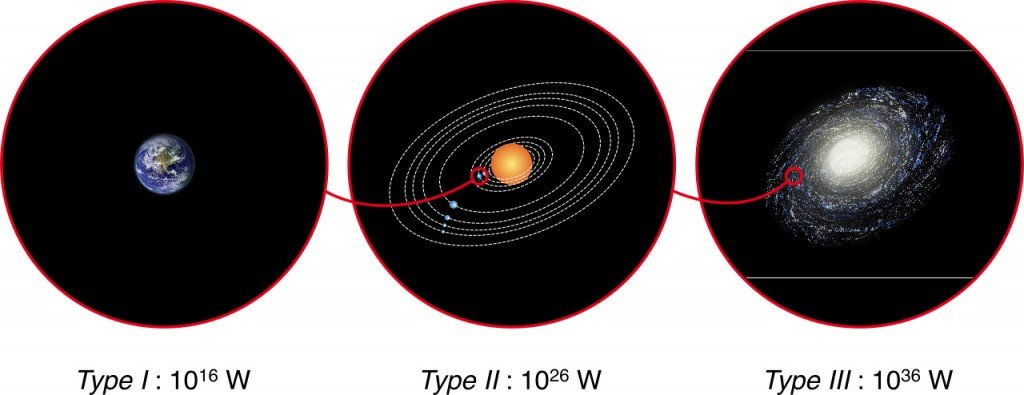Table of Contents (click to expand)
The Kardashev scale is a way of measuring a civilization’s technological advancement based on the amount of energy that the civilization is able to harness. The original scale has three levels, with level one being the ability to harness all the energy on the planet, level two being the ability to harness the energy of the star, and level three being the ability to harness the energy of the entire galaxy. There have been modifications to the scale that extend it to higher levels, but at present, humanity has not even reached the first level.
Let’s be honest—we’ve gone through our fair share of impediments on our planet—wars, famines, floods, epidemics, environmental destruction (the list goes on and on). Fortunately, we also have a lot of propitious things going for us—the proliferation of electricity and the internet, expeditions to celestial bodies like the Moon and Mars, and the discovery of the Higgs Boson at LHC etc.

So how can we weigh all the uplifting scientific innovations and discoveries against all the other mayhem and chaos? We are dealing with an ever-increasing list of calamities coupled with a relentless quest for technological innovation. With such an antithetical coupling of ghastly disasters and crafty innovations, how can we possibly estimate our progress as a civilization?
Russian physicist Nicolai Kardashev first attempted to scale and categorize the progress of civilization in 1964. His model is called the Kardashev scale, which measures civilization’s degree of technological advancements based on the amount of energy that the civilization is able to harness. Basically, the better the technology that a civilization has, the more energy they are able to utilize. With more energy utilization, the civilizations can further improve their technology. Kardashev reckoned that civilization would go as far as its technology and ability to harness energy could go.
The Original Kardashev Scale
In his paper published in 1964, Transmission of Information by Extraterrestrial Civilizations, Nicolai Kardashev proposed a three-tier system for the classification of a civilization based on their ability to harness energy:
Type I Civilization
This is the first level of technological advancement, in which civilization is able to harness all the energy on the planet where it dwells. For Earth, this value comes to roughly 7×1017 watts. At the moment, however, we are able to harness only 4 x 1012 watts of energy. Thus, we still have a ways to go to reach even the first stage of a technologically advanced civilization according to the Kardashev scale! Some scientists believe that, given the present pace of technological advancements, we might be able to achieve this a couple of centuries from now.
Type II Civilization
Type II is an intermediate technologically advanced civilization that can harness the energy radiated by its own star. This stage would consist of a civilization’s ability to construct a Dyson sphere—a theoretical idea of encapsulating the sun in a bid to extract all of its energy. If we were to move to this stage, we would be able to utilize 4×1026 watts from our star—the Sun.

Type III Civilization
A Type III civilization would be the most advanced of all civilizations, boasting the ability to utilize the energy output of the entire galaxy—roughly 10 billion times what a Type II civilization could achieve. This community could colonize the entire galaxy and harness energy from billions of stars residing there. Kardashev proposed that such a civilization would have access to power comparable to the luminosity of the galaxy, so if the Milky Way is considered as the example, it translates into harnessing 4 x 1037 watts of energy!

Also Read: Dyson Sphere: Ultimate Megastructure To Extract Abundant Energy From The Sun
Current Status Of Human Civilization On The Kardashev Scale
As we have seen, despite our condescending belief of being the smartest creature on Earth, we as a civilization have yet to reach even the first level of this scale!
Futurist Michio Kaku opines that reaching Type I will still take a few hundred years. Type II status, on the other hand, could be attained a few thousand years from now, while the most elite, Type III status would require an incredibly long wait of a million years!

Carl Sagan attempted to calculate a definite Kardashev value for the present progress of human civilization by considering intermediate values (not considered in the original Kardashev scale), more specifically, by interpolating and extrapolating the values given for Type I to III. He produced the following formula to do so:

Here:
K= Kardashev value
P= Power the civilization uses
Using extrapolation, he considered a ‘Type 0’ civilization, which was originally not defined by Kardashev, and calculated the Kardashev rating to be 0.7 in 1973, when humanity was apparently using 10 terawatts of power.
Also Read: What’s The Maximum Speed Humans Can Accelerate Upto?
Modification And Extension Of The Kardashev Scale
In recent times, scientists and astrologists have broadened this scale to further measure the advancement of hypothetical civilizations—civilizations that could be galactic, intergalactic or even capable of moving through the multiverse!
Let’s look at some of those extensions/modifications:
Type 0 To IV
Many felt that the range of Kardashev was too limited with only a 3-tier ranking system. Moreover, it failed to accommodate humanity as even being in Type I. Therefore, many preferred to define the Kardashev scale from 0 to IV. Type 0 included civilizations that were able to extract energy from raw materials or natural resources on their planet, just as we extract energy from wood, coal, oil, water (i.e., our natural resources). Humans naturally fell into this category. In this extended scale, it also cogitates civilizations that are able to extract all the universe’s energy, which was represented as Type IV.
Micro-dimensional Scale By John Barrow
Renowned cosmologist John Barrow offered an altogether different dimension for measuring the technological advancement of civilizations.
He opined that humans have been able to manipulate their environment to extract energy over increasingly smaller dimensions, rather than increasingly larger ones. Thus, he reversed the conventional classification of Kardashev down from Type I-minus to Type Omega-minus:
- Type I-minus: This is most basic civilization, one that is capable of manipulating objects bigger than themselves by building structures, digging tunnels etc.
- Type II-minus: This is a low-level advanced civilization that knows how to manipulate not just planetary objects, but also their own genes.
- Type III-minus: This civilization not only understands genetic engineering, but can tinker with molecules and molecular bonds to create new materials.
- Type IV-minus: This civilization can go on to manipulate individual atoms, creating technologies that work on the atomic scale to create complex forms of artificial life.
- Type V-minus: This civilization could penetrate even inside the atom and manipulate the subatomic particles, e.g., electrons, protons, and neutrons.
- Type VI-minus: This civilization would be powerful enough to manipulate even the most fundamental particles of matter—quarks and leptons.
- Type Omega-minus: This is the most sophisticated civilization in this classification, which could alter the structure of space and time itself.
Despite thousands of years of progress from wheels to spaceships, we have yet to make it to the Type I category of the original Kardashev scale. What’s even more confounding is that a civilization that could reach the pinnacle of this scale—harnessing the power of the entire universe and altering the very fabric of space-time—something hard to even fathom with our present capacity!
How well do you understand the article above!

